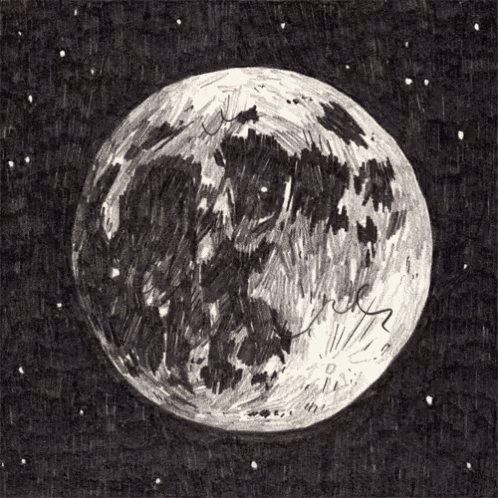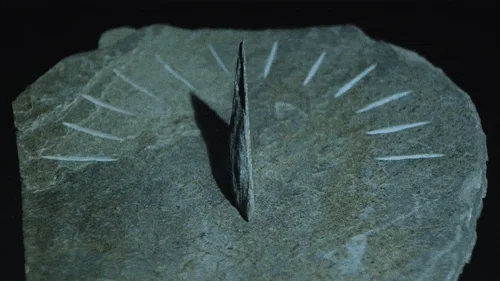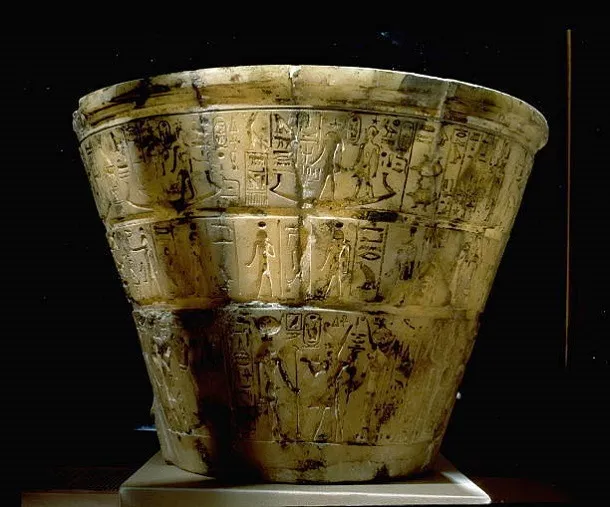
The Moon
The Moon was the first instrument used to measure time. Its regular cycles helped determine the length of months and predict seasonal changes. Ancient people also used the moon to track lunar phases and understand the passing of time.

The Moon was the first instrument used to measure time. Its regular cycles helped determine the length of months and predict seasonal changes. Ancient people also used the moon to track lunar phases and understand the passing of time.

Early civilizations like the Babylonians and Egyptians used the Sun to measure time. They divided the day into hours using shadow-casting devices like sundials, which became one of the earliest methods for dividing the day.
Built by Ramses II around 1300 B.C., the Luxor Obelisk served as a giant sundial. Egyptians used the shadow it cast to mark the hours of the day. This massive stone structure highlights how ancient people connected architecture with timekeeping.

The Clepsydra, or water clock, was a vital invention by the Egyptians between 1400–1300 B.C. Time was measured by the steady dripping of water from one container to another, offering a way to track time independent of sunlight.